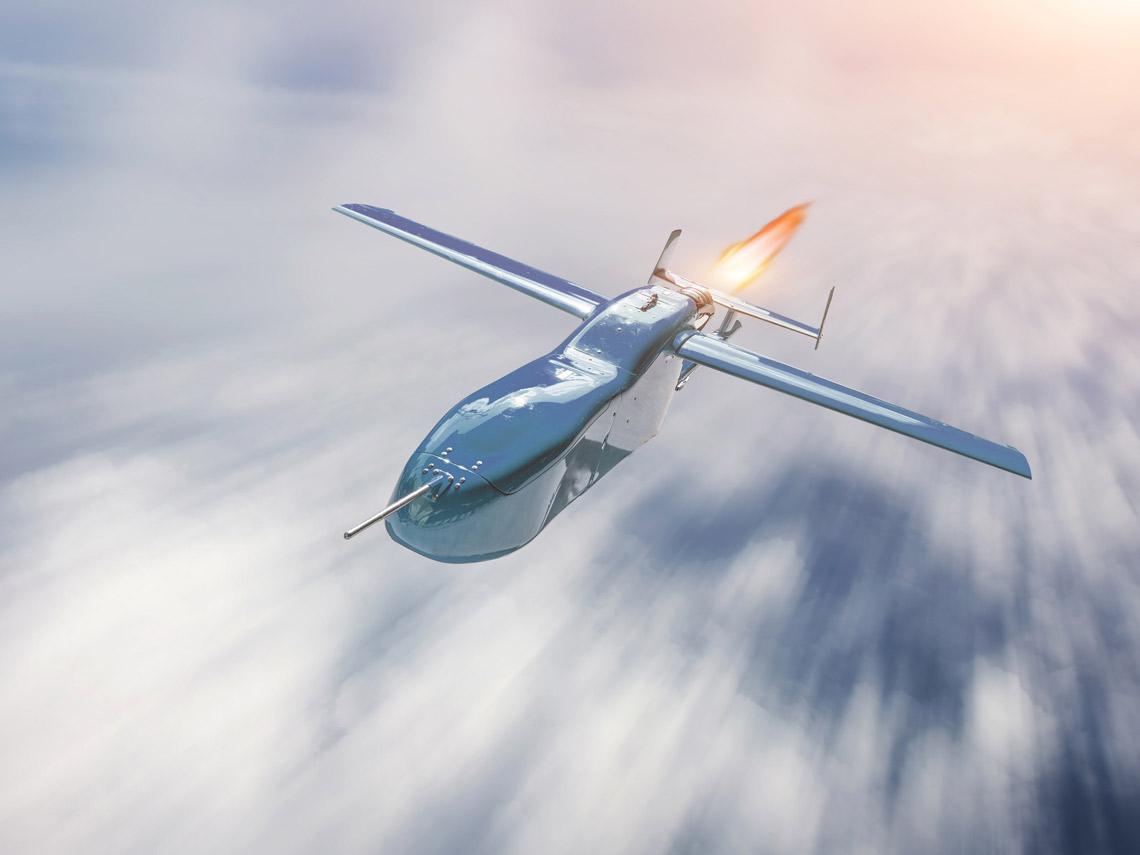We are still far from flying at hypersonic speeds, but the aeronautical industry is beginning to be in a position to carry out tests that bring us closer to that future reality. In fact, the Stratolaunch company designed in the first half of the decade what could have been the first hypersonic aircraft in history, destined to launch special spacecraft and satellites in the upper atmospheric layers, but the project at the time of this writing lines is paralyzed.
The plane is ready for flight, but whether it will be used to launch satellites is highly doubtful..
In a past article we have seen what it means to fly at the speed of sound and its application in passenger transport. A true milestone in aeronautics, but an unsustainable reality with the technology of the 60s, the time when the Concorde was designed.
Over the years, the old supersonic commercial aviation project was abandoned in the interests of reducing air and noise pollution and improving safety.
The fastest commercial airplane in history, the Concorde, flew at 2,410 km / h, more than twice the speed of conventional airliners, but was discontinued in 2003 after suffering a serious accident.
Hypersonic speed
In the last article we have talked about supersonic speed, the one in which airplanes manage to exceed 1,225 km / h. Aircraft such as the Concorde in the commercial chapter, or the F-15 Eagle in the military sector, have marked a before and after in the history of aviation.
But can you get to go faster?
Hypersonic speed is one that manages to exceed the speed of sound by five times.
At that speed, an aircraft must be prepared to withstand really extreme conditions of temperatures and friction and also be equipped with engines capable of generating enough power to reach those speeds and being able to operate in the upper layers of the atmosphere, where the density of the air is less.
Let’s think for a moment what it would be like to travel at Mach 5 (five times the speed of sound). The London-Sydney journey could be made in just four hours, or Los Angeles – Tokyo in just two.
In 2010, the United States managed to fly a drone at hypersonic speeds for just five minutes. It may seem like a short time, but it was truly a milestone. The machine that succeeded was the X-51A, which, when propelled by a rocket, reached Mach 4.5.
Future hypersonic plane
Australia-based startup Hypersonix Launch Systems recently signed a research agreement with Boeing to explore the development of a sustainable hypersonic vehicle powered by Hypersonix SPARTAN scramjet engines, which use hydrogen as fuel. The low-cost launch of small satellites would be the first application of scramjet aircraft.
The importance of this aircraft is very high, since the Stratolaunch project has been parked for the moment, since it will allow a deeper exploration of the flight at high speeds so that in the future it will be possible to carry out commercial routes such as those we described at the beginning. Will these be the foundations of future aviation?
